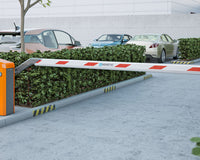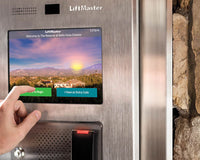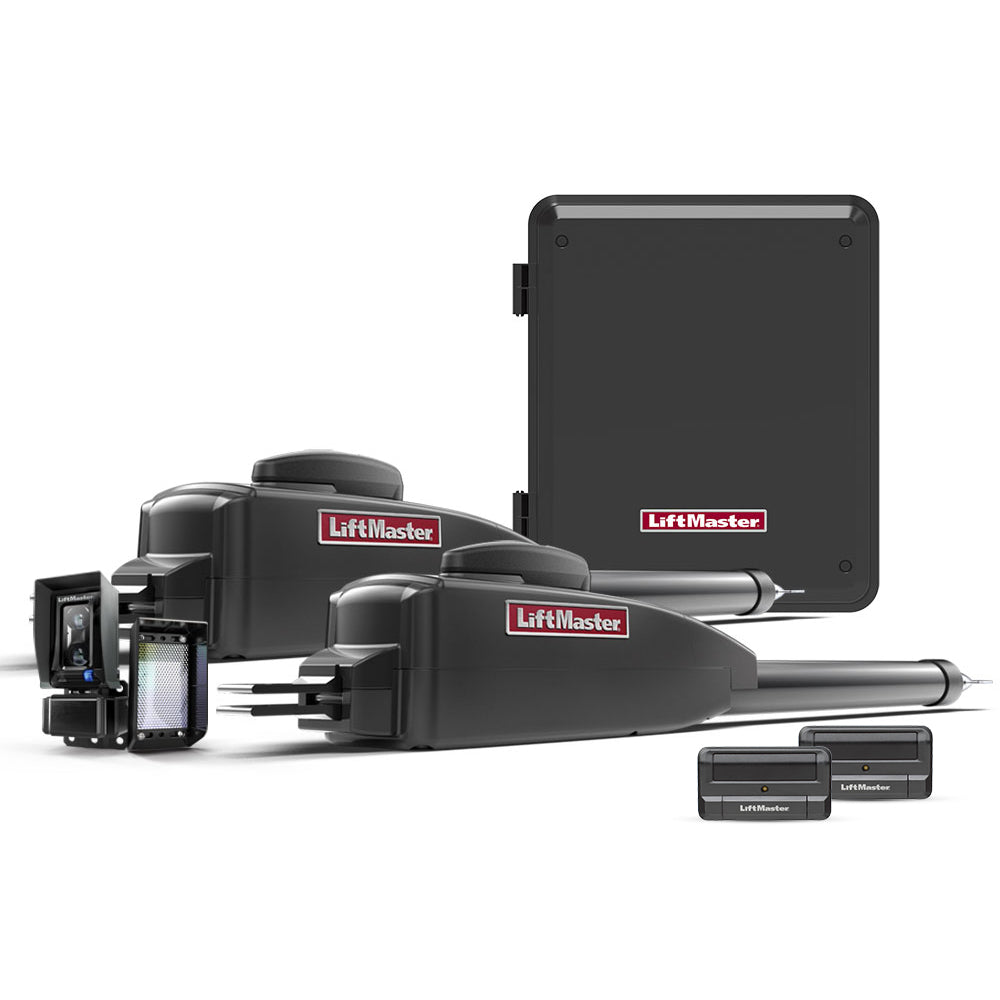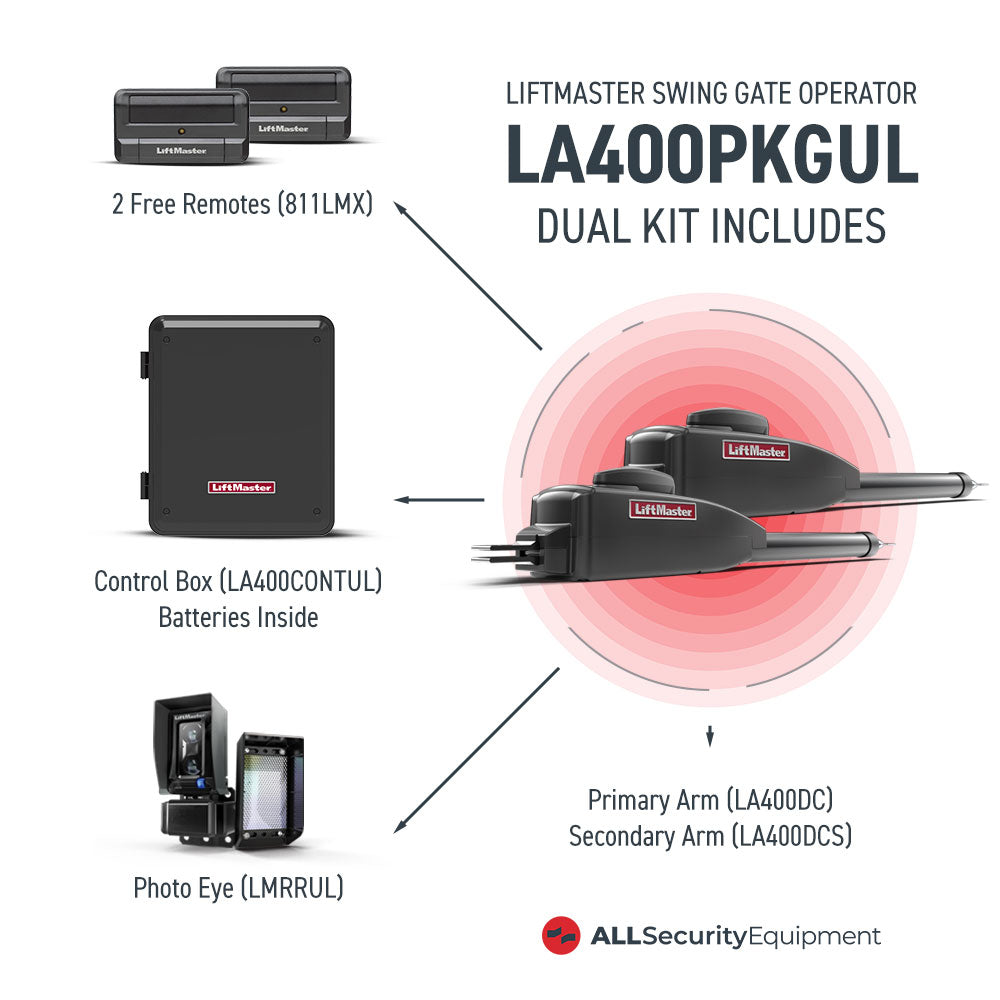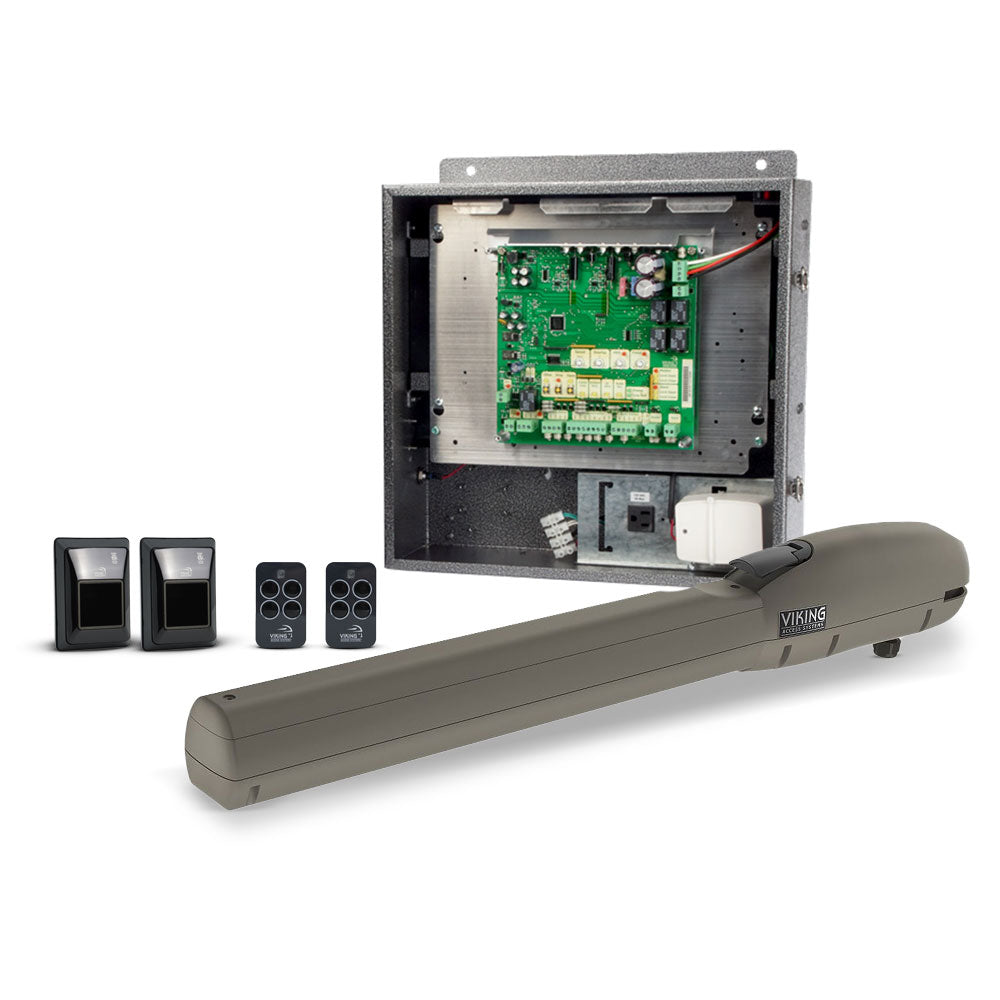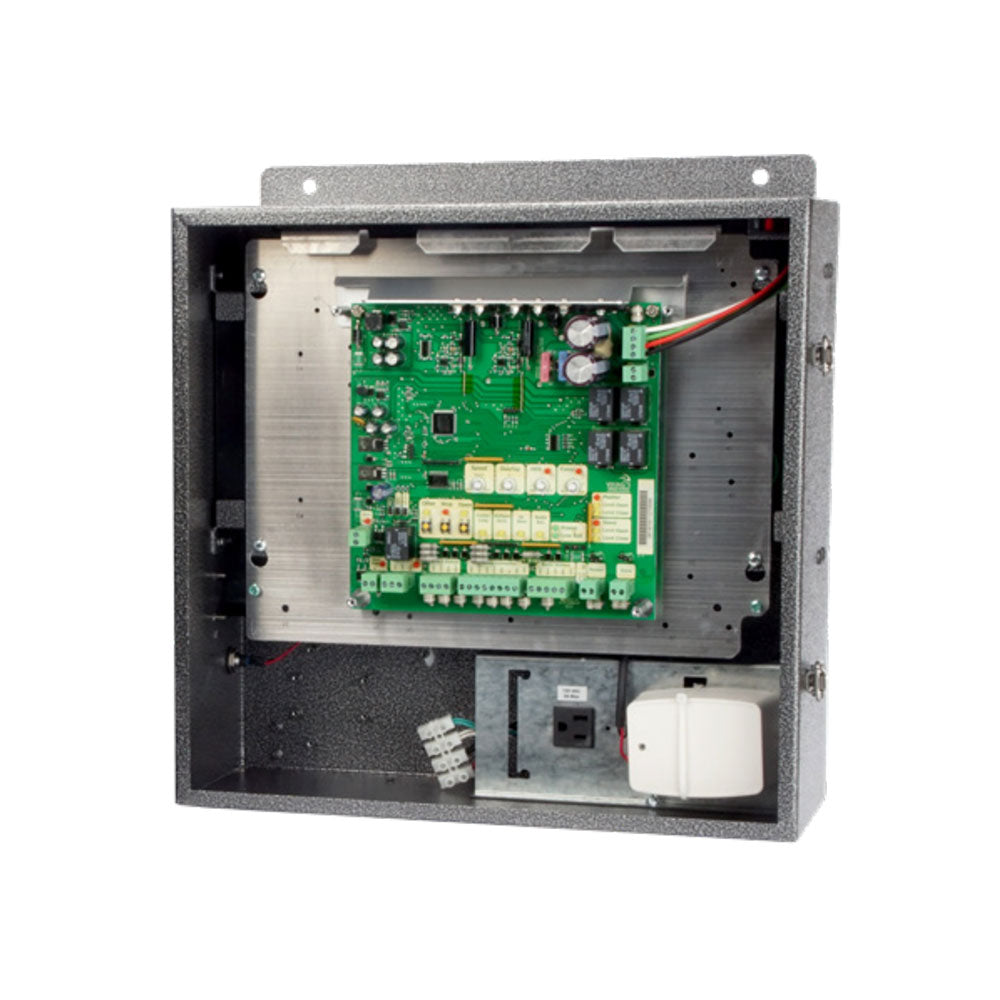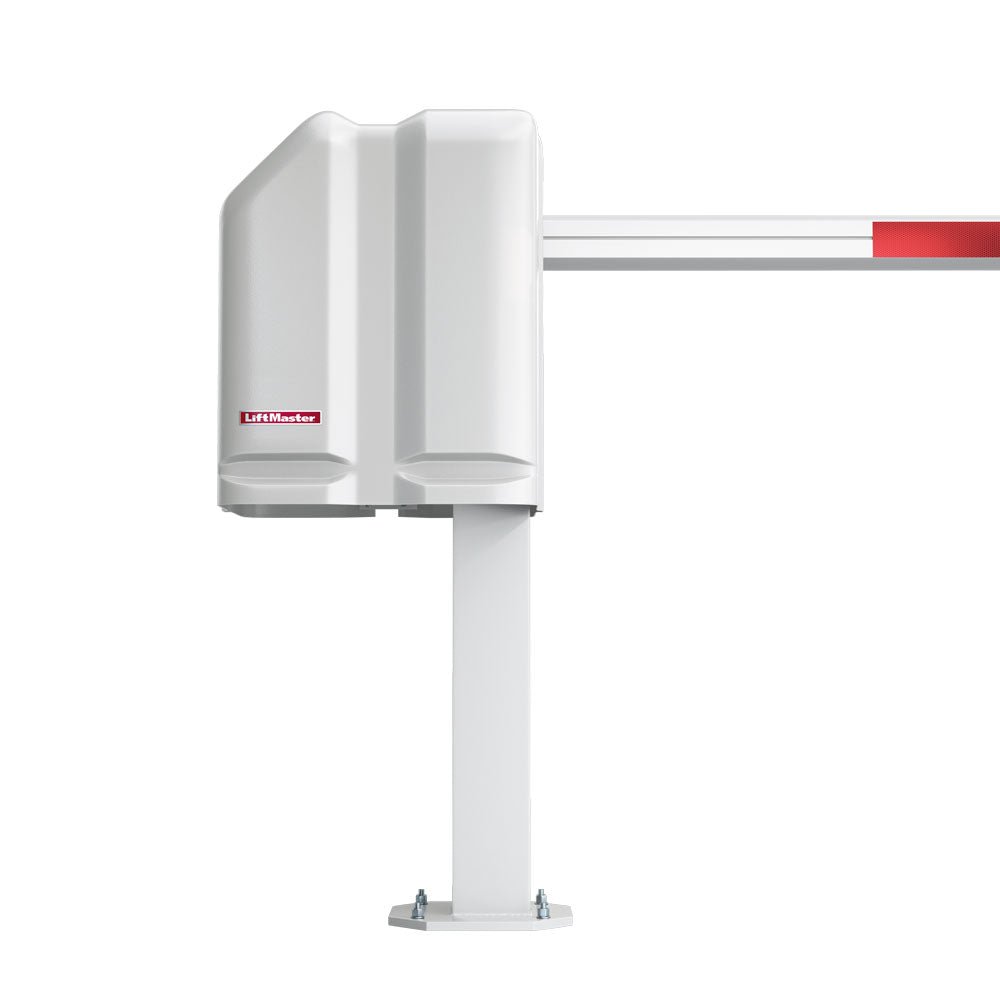The Proactive Defense: Auditing Your Home’s Integrity
Modern residential security is a multi-layered ecosystem, not just a lock or an alarm. It combines physical barriers, intelligent cameras, and online integration for remote monitoring. This interconnected approach offers a comprehensive defense for homeowners, property managers, and gated communities. When properly configured, this system acts as a vigilant guardian, providing real-time alerts and constant protection for both assets and occupants.

Yet, even sophisticated systems have unspotted vulnerabilities. A security gap can be a physical weakness, like a blind spot, or a digital one, like a default password. These flaws become entry points for intruders. A single unaddressed vulnerability is a liability, inviting a breach that can result in property loss or a privacy invasion. Proactive vulnerability detection is therefore as crucial as the security system itself.
Today’s All Security Equipment blog post is dedicated to empowering you to fortify your residential defenses. We will outline essential proactive measures and strategies for a thorough security system audit. Our goal is to help you identify and correct both physical and digital vulnerabilities in your setup, ensuring your property remains a truly resilient and secure sanctuary.
Proactive Audits: Strategies for a Resilient Home
A thorough security system audit begins with a physical inspection of your property's perimeter. Walk your property line and scrutinize every inch of your fences and gates for integrity, promptly repairing any damage. Don't overlook the role of landscaping; trim large bushes and trees that could provide cover for intruders. This proactive, hands-on approach to your physical space is the first and most critical step in fortifying your defenses and deterring potential threats before they even reach your doors or windows.
Evaluate Digital Vulnerabilities in Your Network
With the rise of smart home security, digital vulnerabilities are as critical as physical ones. Your audit must include a review of all connected devices. Check for weak default passwords on cameras or Wi-Fi routers and ensure all devices are on a secure network. A single vulnerable device can serve as a backdoor for cybercriminals, leading to privacy invasions or unauthorized access. Regularly updating device firmware and using strong, unique passwords are essential proactive measures to protect your digital perimeter and maintain a secure ecosystem.

Regularly Test Your Security Systems
The only way to know if your security system is working is to test it. Your audit should include a full run-through of your technology. Test your alarm system to ensure it triggers properly and that the monitoring company's contact information is up to date. Verify that all surveillance cameras are recording correctly and that motion sensors are activating as intended. This simple, routine check can uncover a critical failure, such as a dead battery or a sensor that has gone offline, before it can compromise your safety.

Inspect All Physical Entry Points
Doors and windows are the most common entry points for intruders. Your audit should include a detailed inspection of all locks and frames. Ensure all doors have high-quality deadbolts and that windows are secured with functioning locks. Consider reinforcements like reinforced glass or window security film. For property managers and landlords, this is especially important to ensure tenant safety. Taking these steps provides a tangible layer of defense against forced entry and is a fundamental component of a comprehensive home security plan.

Audit Your Network for Unsecured Devices

You can’t protect what you don’t know exists. A key part of a digital security audit is identifying every connected asset on your network. This includes not just your security cameras and smart locks, but also any Wi-Fi-enabled devices from different manufacturers. Use network scanning tools to discover all active devices and ensure they are all secured with strong authentication. This is particularly vital for gated communities or large residential structures where many interconnected systems can create a complex web of potential vulnerabilities. A complete inventory is the foundation of a resilient defense.
Create and Practice an Emergency Plan
A robust security system is only part of a complete safety strategy. Your audit should also include a review of your behavioral security. Create a clear emergency plan that all household members understand. Discuss escape routes, safe meeting spots, and a communication strategy for different scenarios. For gated communities, this might involve having a plan for power outages or other large-scale incidents. A practiced plan ensures a quick and coordinated response, making your household more resilient in the face of a crisis, even if your technology fails.
Maintain and Update All Security Hardware

Like any other technology, security equipment is subject to wear and tear and can become outdated. Your audit should conclude with a maintenance plan. This involves checking the physical condition of hardware, replacing old components, and ensuring all software and firmware are up to date. Modern security systems often receive regular software updates to patch newly discovered vulnerabilities. Proactively maintaining your equipment ensures that your security infrastructure remains effective, durable, and protected against evolving threats.
The Integrity of Your Home’s Defense
The integrity of your security system is only as strong as its weakest point. As we have outlined, a proactive security system audit—one that meticulously examines both physical and digital defenses—is the most effective way to identify and correct vulnerabilities before they can be exploited.
This shift from a reactive to a proactive mindset is essential for protecting your property and providing true peace of mind. To ensure your security infrastructure is resilient, durable, and free of hidden gaps, contact the All Security Equipment customer service team for an expert consultation and a professional assessment of your security needs.




